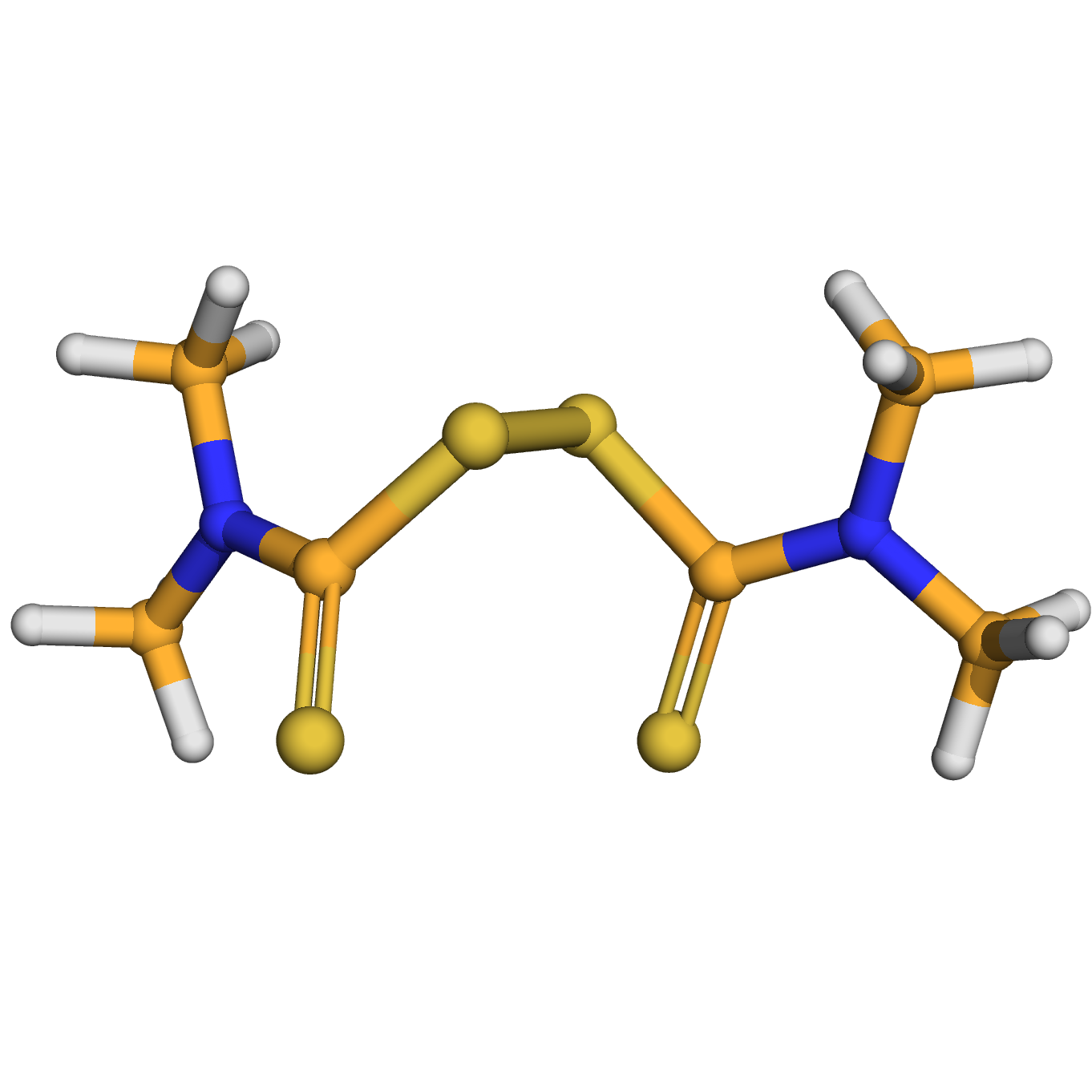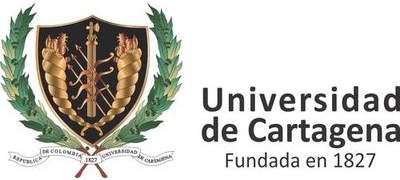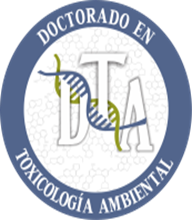thiram
Synonyms: "tetramethylthiuram disulfide", "rezifilm", "thirame", "TMTD", "Aapirol", "nobecutan", "pomarsol", "thirasan"
Source: thiram is a protective fungicide used as a foliar treatment on fruits, vegetables and ornamentals to control botrytis species, rust, scab and storage diseases. As well as a seed treatment to control seedling blights and a number of fungi. Thiram is also an ingredient in certain medicated soaps and antiseptic sprays.
Identifiers:
IUPAC Name: dimethylcarbamothioylsulfanyl N,N-dimethylcarbamodithioate
CAS Number: 137-26-8
PubChem ID: 5455
InChiKey: KUAZQDVKQLNFPE-UHFFFAOYSA-N
Canonical SMILES: CN(C)C(=S)SSC(=S)N(C)C
Structural Properties:
Molecular Formula: C6H12N2S4
Molecular Weight: 240.433
Pharmacophore Features:
Number of bond donors: 0
Number of bond acceptors: 0
Number of atoms different from hydrogen: 12
Downloads
2D structure (.sdf)
3D structure (.sdf)
3D structure (.mol2)
3D structure (.pdb)
3D structure (.pdbqt)
Search Similar molecules
Evidence Supporting This Chemical as an Endocrine Disruptor
TEDX List of Potential Endocrine Disruptors

Han MS, Shin KJ, Kim YH, Kim SH, Lee T, Kim E, Ryu SH, Suh PG. 2003. Thiram and ziram stimulate non-selective cation channel and induce apoptosis in PC12 cells. Neurotoxicology 24(3):425-434.
Serio R, Long RA, Taylor JE, Tolman RL, Weppelman RM, Olson G. 1984. The antifertility and antiadrenergic actions of thiocarbamate fungicides in laying hens. Toxicol Appl Pharmacol 72(2):333-342.
Stoker TE, Cooper RL, Goldman JM, Andrews JE. 1996. Characterization of pregnancy outcome following thiram-induced ovulatory delay in the female rat. Neurotoxicol Teratol 18(3):277-282.
Stoker TE, Goldman JM, Cooper RL. 1993. The dithiocarbamate fungicide thiram disrupts the hormonal control of ovulation in the female rat. Reprod Toxicol 7:211-218.
Stoker TE, Jeffay SC, Zucker RM, Cooper RL, Perreault SD. 2003. Abnormal fertilization is responsible for reduced fecundity following thiram-induced ovulatory delay in the rat. Biol Reprod 68(6):2142-2149.
External Links


2D-structure

3D-structure




